What the world's most famous megaprojects would cost to build
World wonders' construction costs
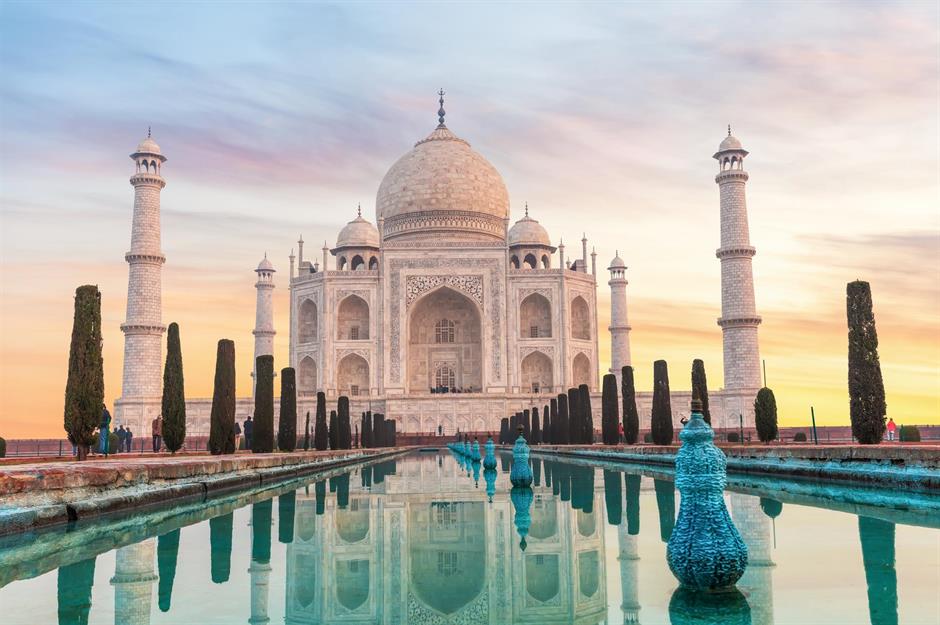
The human race has been making its mark on the planet since time immemorial, embarking on ever more ambitious – and expensive – constructions. But what would some of the most famous wonders through history cost to build today? Read on to find out. All dollar values in US dollars.
Stonehenge, UK: $3.5 million (£2.6m)
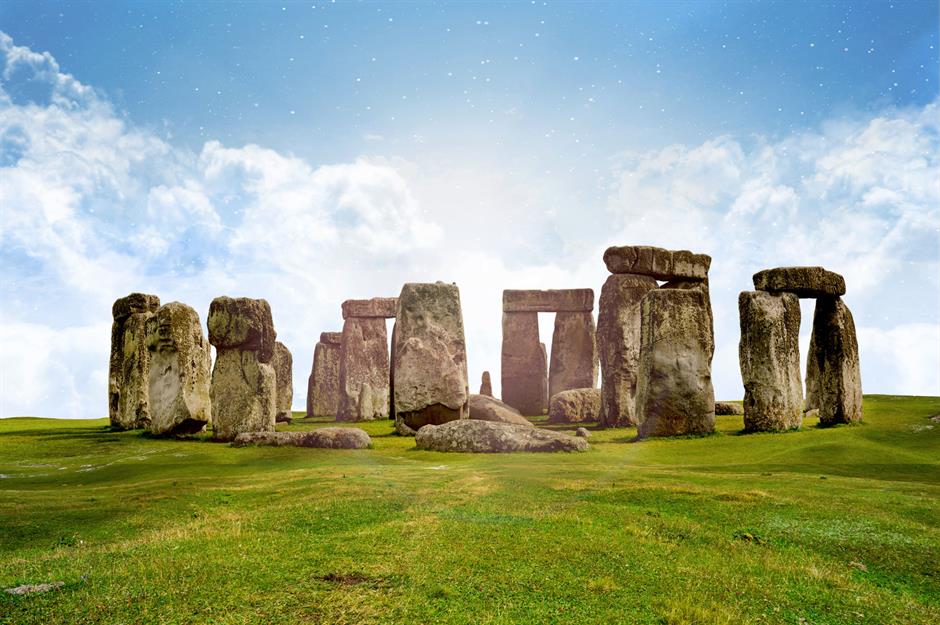
Stonehenge is shrouded in mystery. People have debated the purpose of the stone formation for thousands of years, with theories ranging from a seasonal clock to an ancient burial ground. One thing that’s more certain, however, is how much it would cost to build today. According to research by Big Rentz, it would take an estimated $3.5 million (£2.6m) to build Stonehenge using modern methods. This total includes the price of the stones, cranes and labour.
The Hanging Gardens of Babylon, Iraq: $31.5 million (£22.7m)

One of the Seven Wonders of the Ancient World, the Hanging Gardens of Babylon don’t exist today, and if you wanted to recreate them you would need deep pockets. Big Rentz’s calculations suggest it would cost $31.5 million (£22.7m) to build the Gardens, which contemporary depictions describe as measuring 100 feet wide by 100 feet tall.
Parthenon, Greece: $35 million (£25.3m)
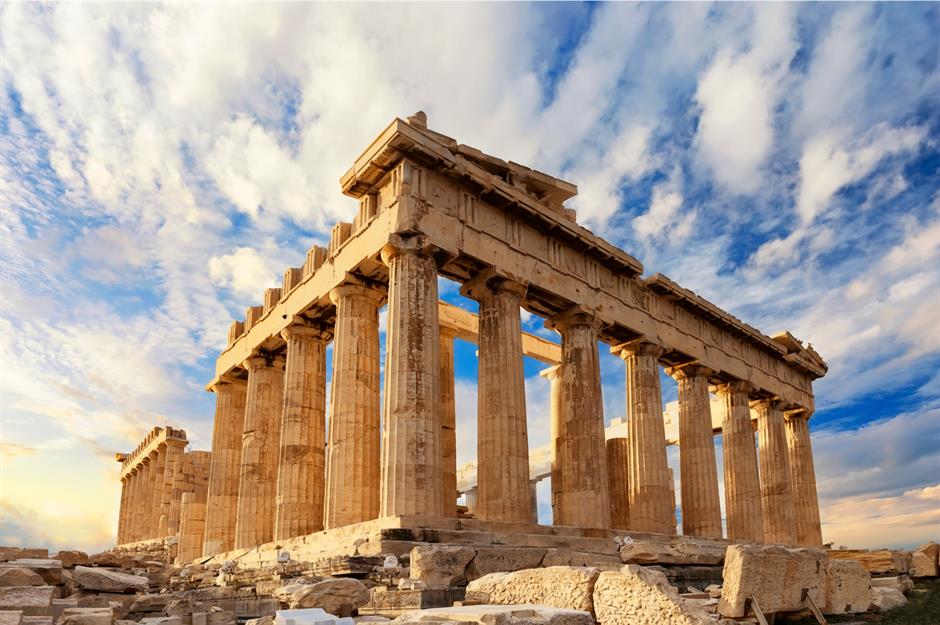
The Parthenon is one of the most iconic landmarks in the Greek capital of Athens. Since it was built in 438 BC, this building has been used as a temple to the goddess Athena, a Christian church and a mosque. It is estimated that building the Parthenon today would cost around $35 million (£25.3m). This would cover the cost of more than 100,000 tonnes of cut marble, as well as construction equipment and labour.
Eiffel Tower, France: $40 million (£30.2m)
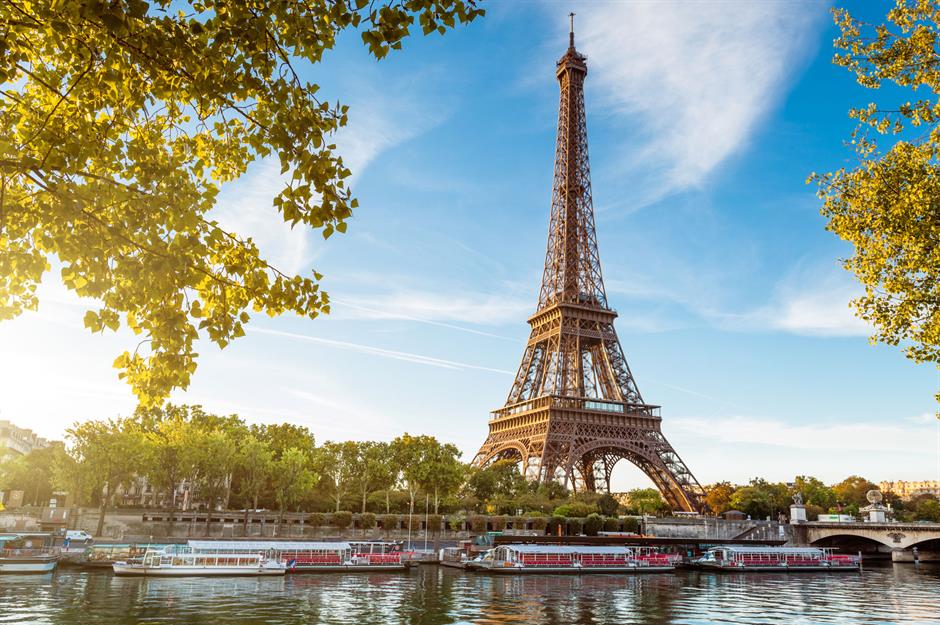
Contemporary records show that the Eiffel Tower cost almost 7.8 million francs to build in 1889, the equivalent of $40 million (£30.2m) today. The structure required more than 18,000 individual pieces of wrought iron, 2.5 million rivets and eight six-foot concrete slabs.
Taj Mahal, India: $110.5 million (£79.6m)
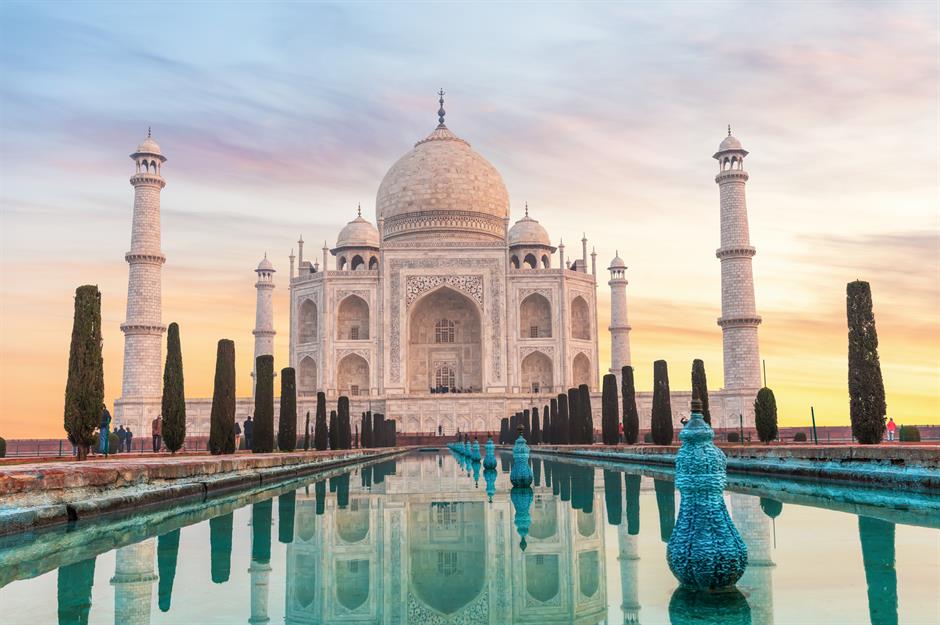
The Taj Mahal, or Crown of the Palace, is a marble mausoleum that was built in Agra, India in 1643. An architectural love letter, the Taj Mahal was commissioned by the emperor Shah Jahan to house the tomb of his second and favourite wife, Mumtaz Mahal. It’s thought to have taken over 20 years to complete the project, which Big Rentz estimates would cost $110.5 million (£79.6m) to build today.
Empire State Building, USA: $681 million (£503.6m)
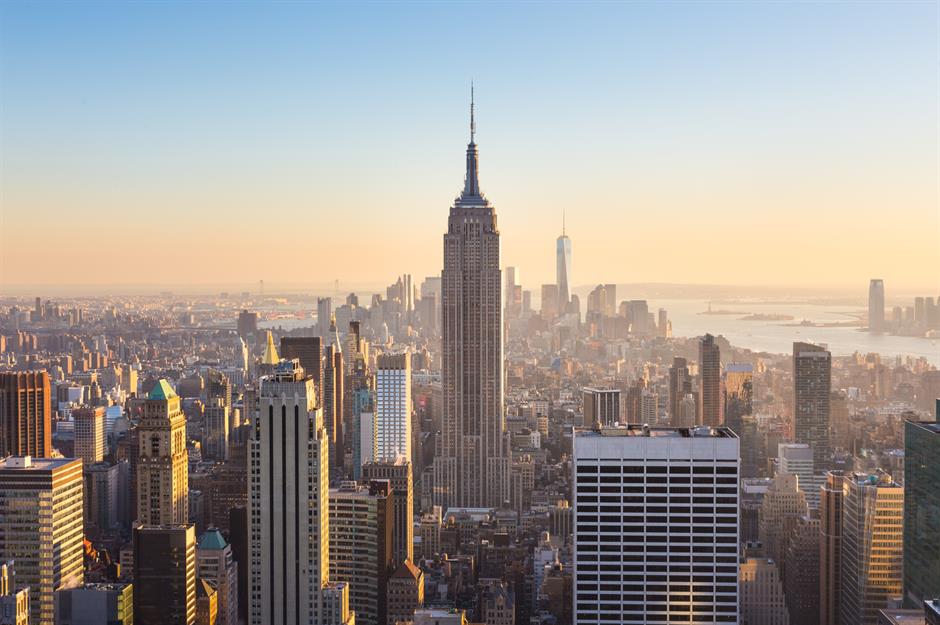
When the Empire State Building was built on Fifth Avenue in 1931 it became the tallest structure in New York, a status it maintained until the World Trade Center was built in the 1970s. Described as one of the Seven Wonders of the Modern World by the American Society of Civil Engineers, the building would cost the equivalent of $681 million (£503.6m) to build today.
Hoover Dam, USA: $891.6 million (£660m)
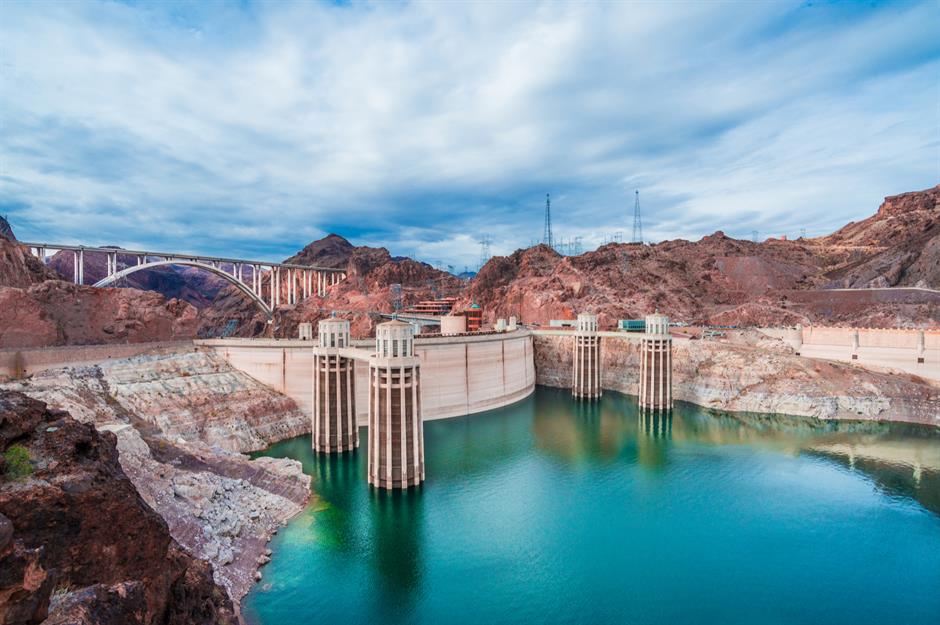
Built on the Colorado River, the Hoover Dam was designed to bring water and power to the southwestern states of America. Although the dam was built during the Great Depression in the 1930s, $49 million (£35.3m) was pledged to the megaproject. That’s the equivalent of $891.6 million (£660m) in 2021. But its construction didn’t just have a heavy financial toll – the human cost of the Hoover Dam was also high. More than 100 people lost their lives while working on it, 16 of whom died from heatstroke.
Great Pyramid of Giza, Egypt: $1.2 billion (£887.7m)
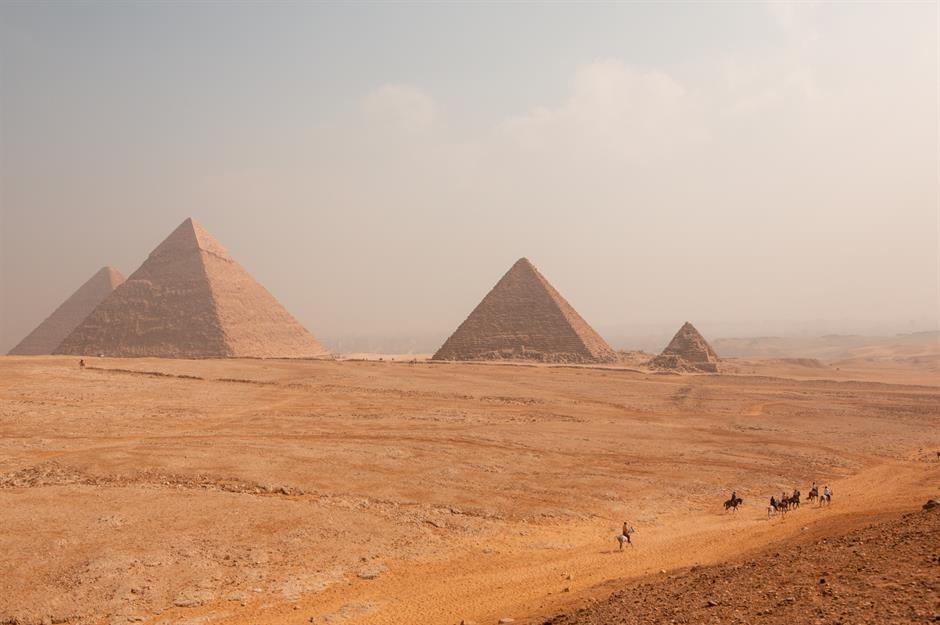
The Great Pyramid of Giza, also known as the Pyramid of Cheops, was built in 26 BC. For almost 4,000 years, it was the tallest man-made structure on the planet, measuring 481.4 feet high. Made from around 2.3 million blocks of limestone, experts say the pyramid would cost a whopping $1.2 billion (£887.7m) to build today.
The Burj Khalifa, Dubai: $1.5 billion (£1.1bn)
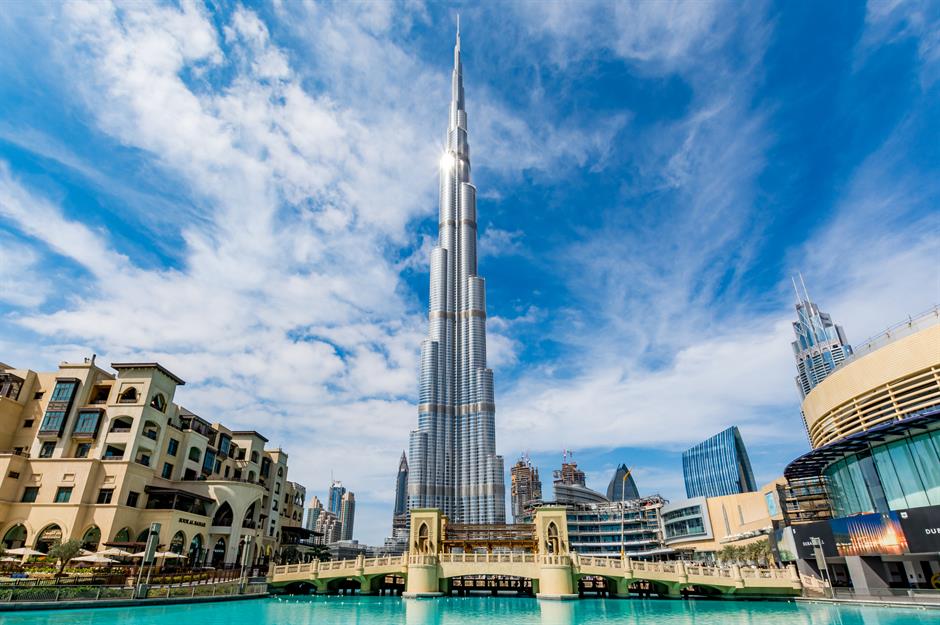
The Burj Khalifa has been the tallest building in the world since it was built in 2009. It's 2,722 feet (830m) tall, stretching into the sky for more than half a mile. The Burj Khalifa was built to help Dubai diversify its economy, moving away from oil and towards entertainment. The development contains thousands of homes, nine hotels, 7.4 acres of parkland, the world's second largest shopping mall and the world’s tallest nightclub. This didn’t come cheap, with the total bill coming to $1.5 billion (£1.1bn).
Suez Canal, Egypt: $1.9 billion (£1.4bn)
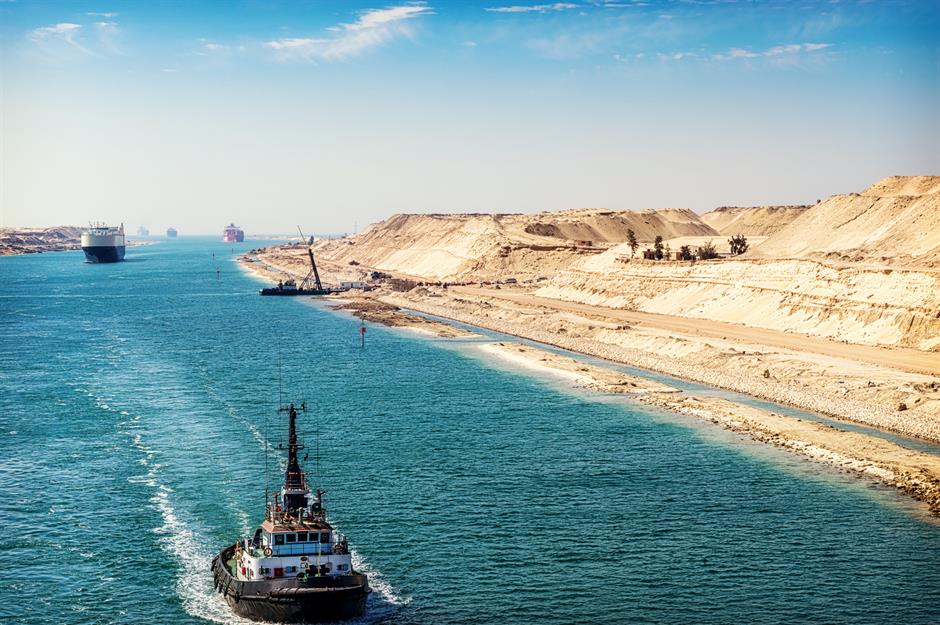
The Suez Canal cost the equivalent of $1.9 billion (£1.4bn) to build in the 1860s. The artificial waterway connects the Mediterranean Sea to the Red Sea. The Egyptian government paid an additional $9 billion (£6.5bn) for an expansion project in 2014, which aimed to double the canal’s capacity. Despite this, the canal came to a grinding halt in March 2021 when one of the world’s largest cargo ships, the Ever Given, got stuck on its way to the Netherlands.
The Large Hadron Collider, Switzerland: $6.1 billion (£4.5bn)
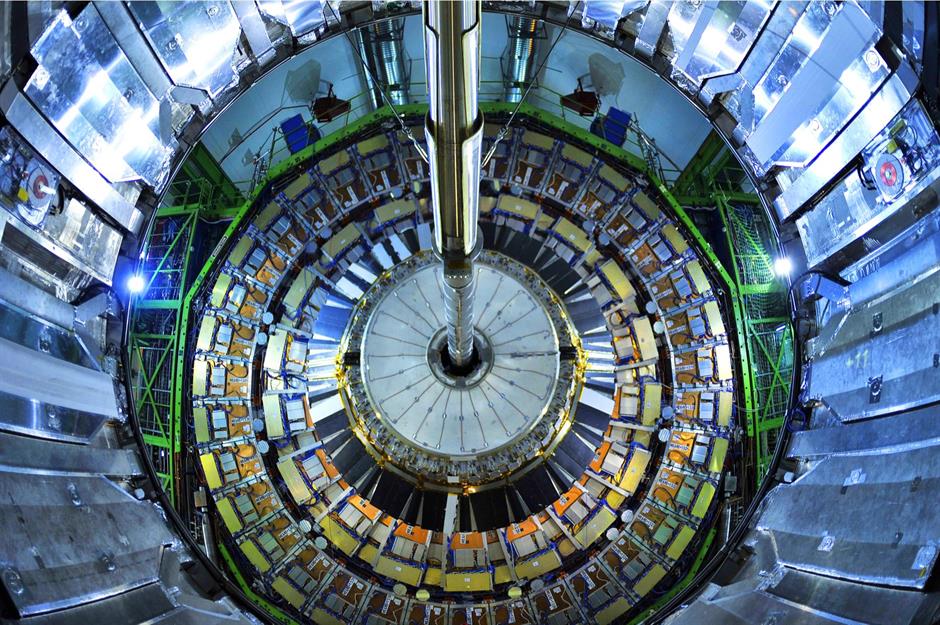
The Large Hadron Collider took 10 years and $4.75 billion (£3.4bn) to build, the equivalent of $6.1 billion (£4.5bn) in 2021. Upon its completion in 2008, it was the world’s largest particle collider. Scientists at the European Organization for Nuclear Research (CERN) have used the machine to study particle physics and even successfully created a "mini-Big Bang" in 2010.
Panama Canal, Panama: $9.5 billion (£7.1bn)
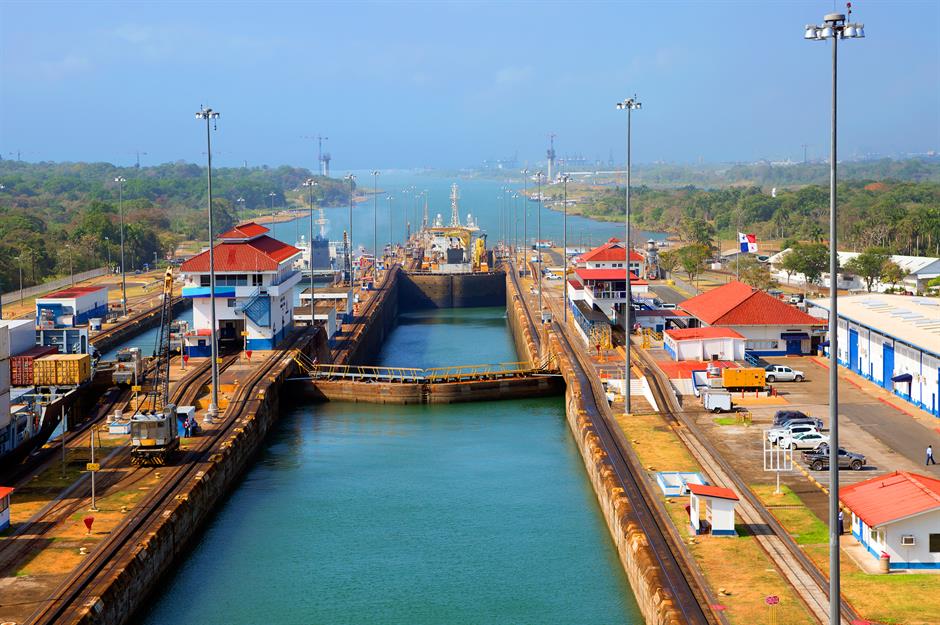
If you think the Suez Canal was expensive to build, the Panama Canal blows it out of the water. Costing a staggering $9.5 billion (£7.1bn) in today’s money, the canal was originally excavated in 1881, completed in 1913 and expanded in 2016. It stretches for 51 miles (82km) and connects the Atlantic and Pacific oceans. Figures estimate the canal has the capacity for 340.8 million tonnes of shipping a year.
Yas Island, UAE: $42.5 billion (£30bn)
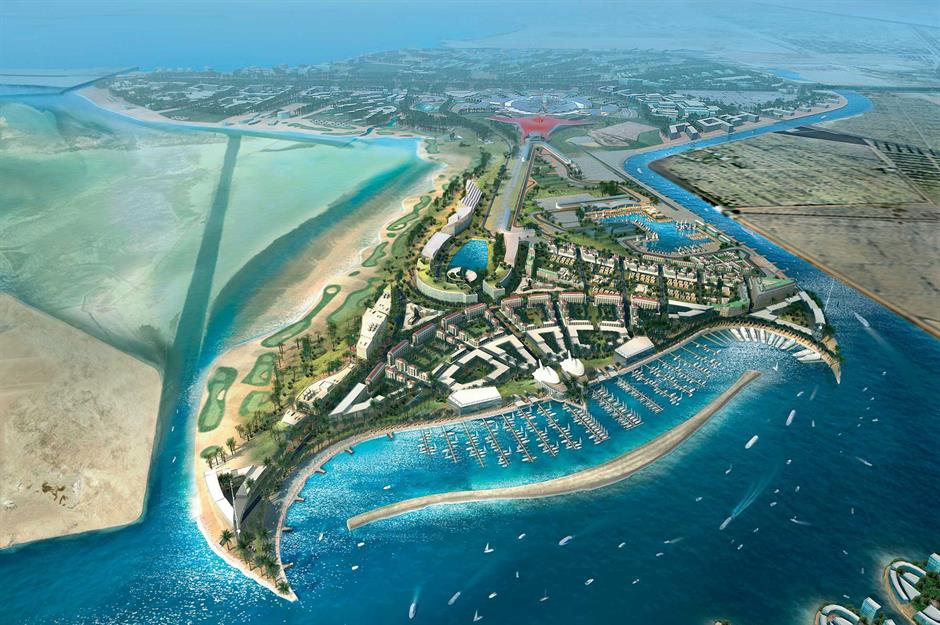
Abu Dhabi's premier entertainment and leisure district Yas Island boasts climate-controlled theme parks including Ferrari World and Warner Bros. World, luxury hotels, a concert venue that seats 35,000, a huge shopping mall and more. Completed in 2018, the $40 billion (£29bn) development is set to grow further with several additional attractions, including a SeaWorld aquarium. Its building cost would be equivalent to $42.5 billion (£30bn) today.
Three Gorges Dam, China: $43.4 billion (£30.6bn)
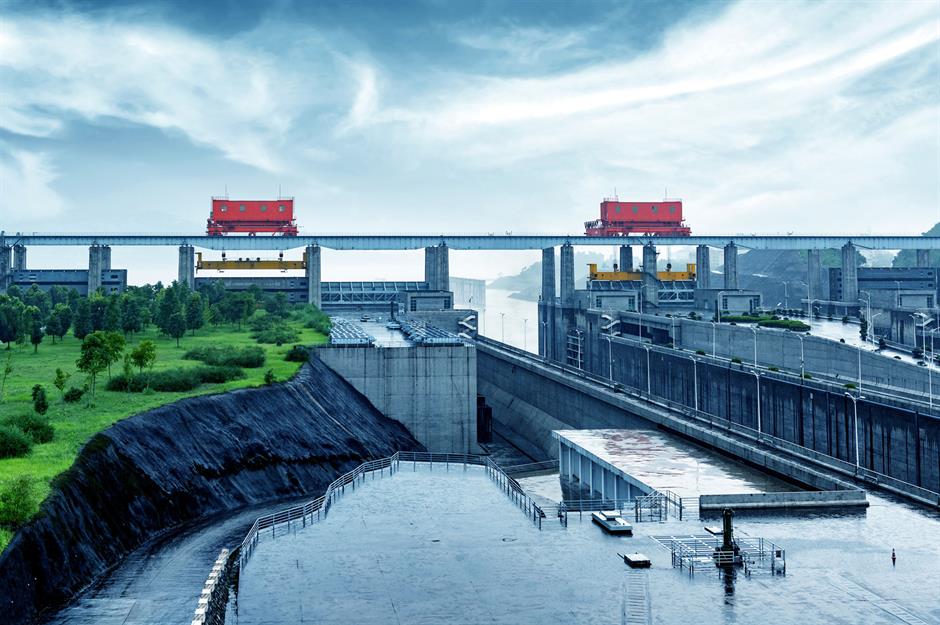
The world's largest and most expensive hydropower project, China's Three Gorges Dam, was completed in 2012 at a cost of $37.2 billion (£23.3bn), considerably over budget. That's the equivalent of $43.4 billion (£30.6bn) today. The final bill included relocating 1.3 million people who were displaced by the dam, which is so big it's actually slowed the rotation of the planet thanks to all the water it moves around.
Itaipu Dam, Brazil/Paraguay: $50.4 billion (£35.6bn)
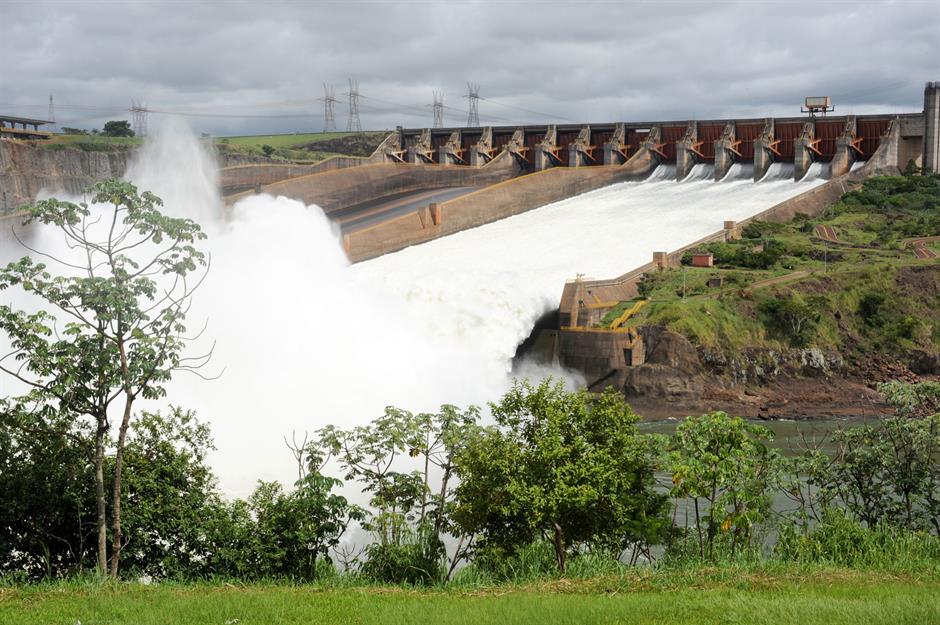
Completed in 1984 at a cost of $19.6 billion (£13.1bn), the hydroelectric Itaipu Dam on the border of Brazil and Paraguay provides Brazil with 20% of its energy needs and Paraguay with over 75%. The hydroelectric project is considered one of the world's most ambitious and among the modern Seven Wonders of the World by the American Society of Civil Engineers. Adjusting for inflation, the dam would cost $50.4 billion (£35.6bn) to build in today's money.
Honshu-Shikoku Bridge Project, Japan: $76.9 billion (£54.4bn)
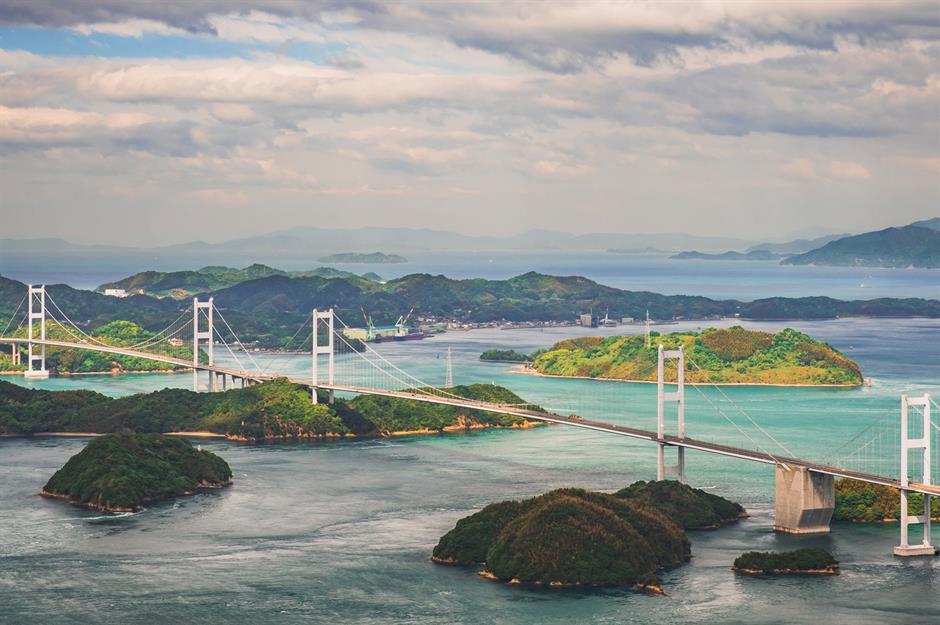
This system of three expressways and 18 bridges, which connects the islands of Honshu and Shikoku, was completed in 1999 and remains Japan's biggest and most expensive realised construction project. The final bill for the mammoth endeavour stood at $48 billion (£29.8bn) in 1999, around $76.9 billion (£54.4bn) in today's money.
International Space Station: $169 billion (£119.6bn)

The International Space Station is estimated to have cost $150 billion (£97bn) upon its completion in 2011, which works out to around $184 billion (£136bn) today. The space station, which shines brighter than Venus in the night sky, is a joint project among five participating space agencies: America's NASA, Russia's Roscosmos, Japan's JAXA, Europe's ESA, and Canada's CSA.
Masjid al-Haram, Saudi Arabia: $200 billion (£141bn)
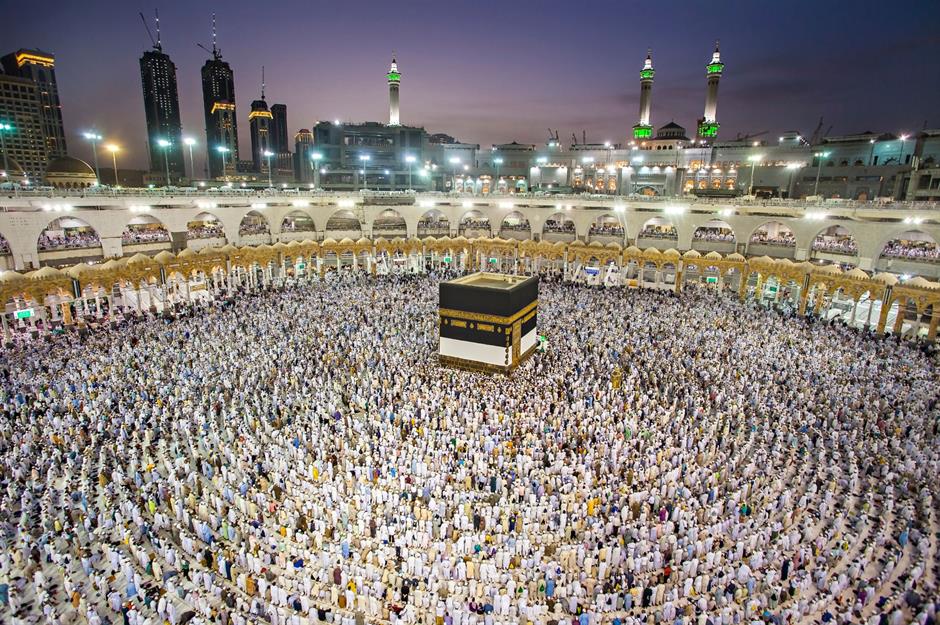
The world's largest mosque and Islam's most sacred site, the Masjid al-Haram in Mecca, covers 99 acres and can accommodate up to four million pilgrims during the Hajj. The total cost of construction and maintenance of the holy building has been estimated at an incredible $100 billion (£77.7bn) and Saudi Arabia is planning to spend the same amount again on the site in the coming years.
Great Wall of China: $360 billion (£255bn)
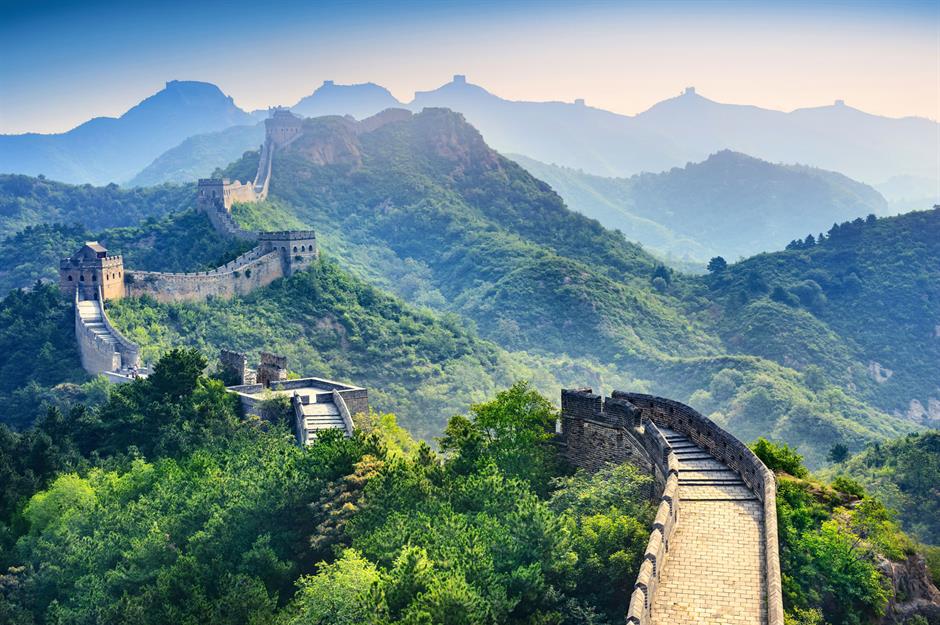
Stretching over 13,171 miles (21,196km), the Great Wall of China dates back more than 2,300 years and took over 2,000 years to complete. Millions of workers toiled away constructing the remarkable architectural feat which, contrary to popular belief, isn't actually visible from space. Exactly how much it cost in today's money is open to question but an upper estimate of $360 billion (£271.9bn) has been suggested.
Interstate Highway System, USA: $563 billion (£398bn)
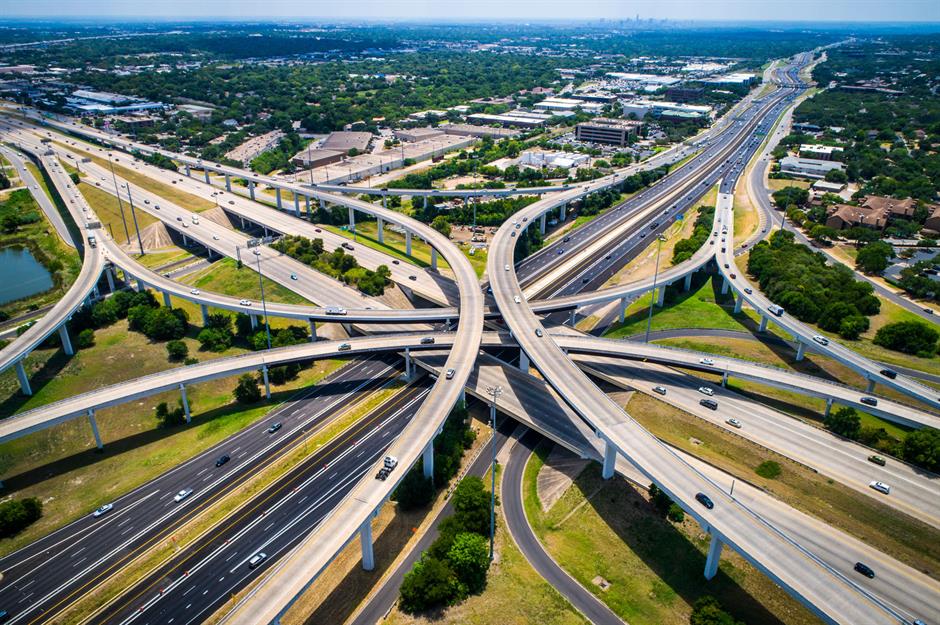
Construction of America's Interstate Highway System began in June 1959 and the enormous network of freeways now stretches more than 47,856 miles (77,016km). The total cost was estimated at $425 billion (£242bn) in 2006, which is $563 billion (£398bn) in today's money, making it the world's most expensive completed megaproject to date, as well as a marvel of engineering.
Now see some late megaprojects that blew their budgets
Comments
Be the first to comment
Do you want to comment on this article? You need to be signed in for this feature